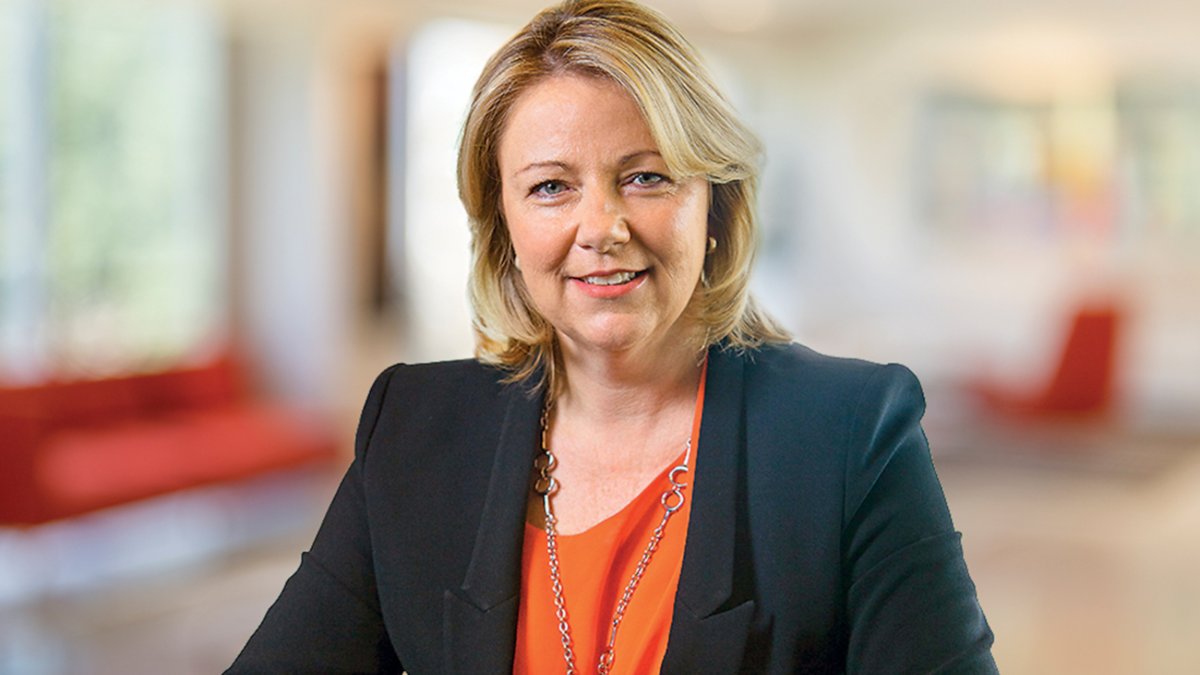Rise of the mega fund: Super gets competitive on mergers and members
Guaranteed inflows and historical default distribution have meant that superannuation is rarely thought of as a competitive space, but KPMG’s latest super report finds competitive tensions are starting to emerge. Funds are now competing through mergers themselves, member acquisition and retention, and retirement, which KPMG describes as the “three key battlegrounds” in a new superannuation landscape.
“As funds compete across these battlegrounds, we are starting to see funds emerging with defined capabilities aimed at these battlegrounds,” says KPMG national sector leader for wealth and asset management Linda Elkins (pictured) “For example, funds winning through merger activity versus funds winning in voluntary rollovers, and contributions versus those winning in retirement. Arguably, to win in each of these battlegrounds requires funds to have a different set of capabilities. It is interesting to see how successful funds are emerging in each of these fields.”
While a large chunk of the APRA-regulated superannuation landscape is either looking at a merger or has already completed one, some are better at them than others and are distinguishing themselves as a partner of choice for subscale funds; the report notes that mergers are now “a very competitive market where trustees have the opportunity to negotiate better outcomes for their members”, and that those that can design and execute a merger strategy that provides obvious benefits to small funds looking for a dance partner will come out on top.
“Mergers, and the rise of the mega funds, are a continuing driver of change in the super landscape. Five more significant mergers took place in the year under review and none other funds have now made merger or MOU announcements. The growth in the super sector was restricted to the largest funds, mostly due to that merger activity. The Australian super sector is becoming more clearly stratified by size of funds.”
While retail and hospitality facing funds like Hostplus and Rest are expected to win the lion’s share of inflows following the implementation of stapling, AustralianSuper came out on top in 2022 with a “staggering” $25 billion in net flows (as KPMG notes, the equivalent of the total assets of a medium-sized fund); ART, Australia’s second largest fund, was in second place by a “long margin” with $6.1 billion – actually down from the combined $7 billion its component funds attracted in 2021.
In this particular battleground, it’s going to be brand presence and marketing that marks the victors, as well as well as the actual digital capability for member acquisition and onboarding, and strong relationships with employers.
“A continuing and intensifying trend is the direct competition between funds to attract and retain members – the introduction of stapling members to funds under the Your Future Your Super legislation has meant there is less automatic change to a new employer’s fund when someone takes a new job,” Elkins said.
“So in order to attract members and achieve organic growth funds are increasingly investing in digital capability and improving online offerings. We’re also seeing a variety of member retention initiatives and funds creating smoother member journeys – often including an advice element – from accumulation phase to retirement. This will be increasingly important with a more stable membership base who will age over time.”
Members are now ranking certainty of income as a first priority in industry surveys, and for super funds there is now a “critical mass” of retirees with a common unmet need – dealing with longevity risk and achieving a certain income for life. Funds that can meet that need by educating and advising members into suitable retirement income strategies will be able to retain those members in retirement, protecting their scale and their ability to deliver better outcomes for their entire member base.
“Attractive retirement income offerings will be a prerequisite for success, as members look to their super fund as a trusted source for retirement solutions,” the KPMG report says. “Consideration of longevity insurance solutions is front of mind for many trustees, given their members’ desire for secure income.”
“Some super funds are changing their organisational design to facilitate a focus on member experiences and journeys in general, and the retirement journey in particular. This has included the creation of a chief retirement officer role in a number of industry funds including AustralianSuper, Australian Retirement Trust and Aware Super.”










